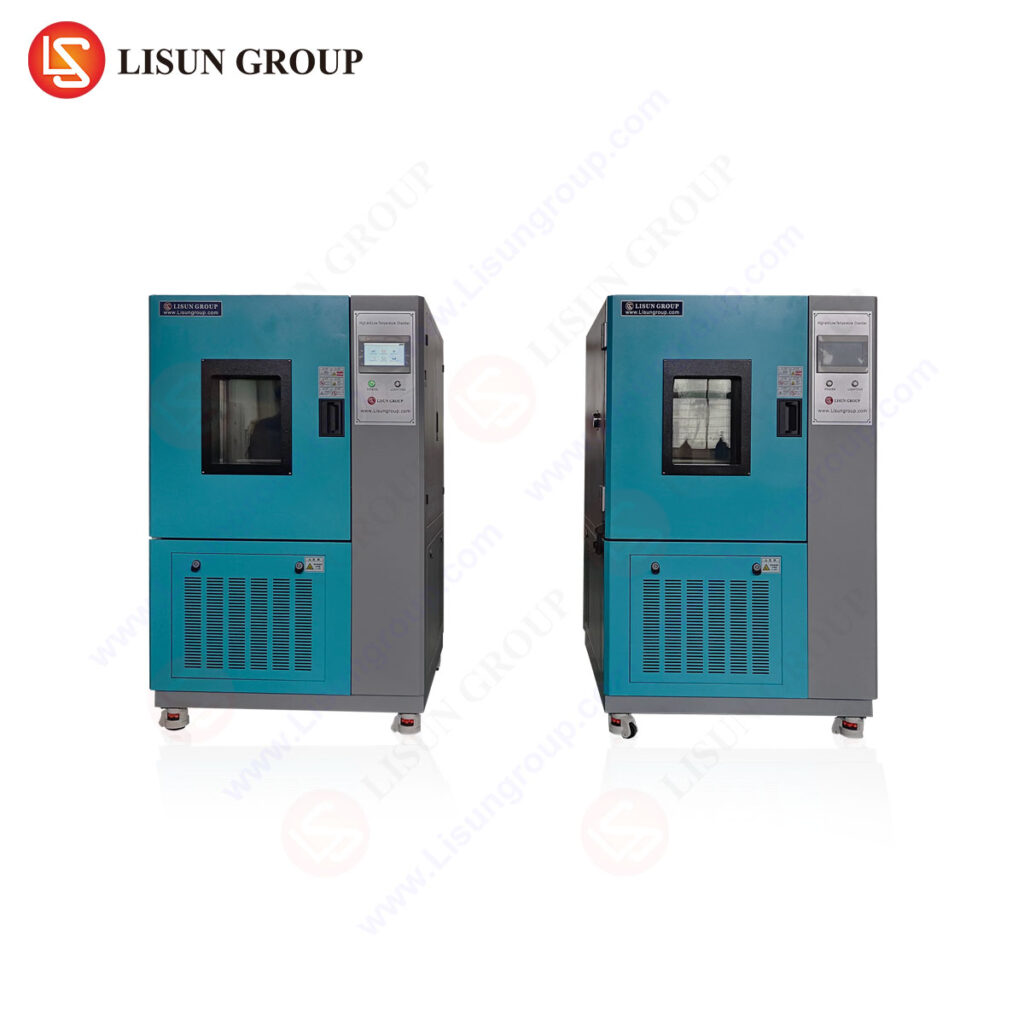Assessing LED Reliability in Low Temperature Environments
Introduction
LEDs are becoming increasingly popular in a variety of applications, from mobile and automotive electronics to LED drivers. As such, it is important to assess the reliability of LEDs in low temperature environments. This article will discuss the factors that affect LED reliability in low temperature environments, as well as the methods used to assess LED reliability.
Factors Affecting LED Reliability in Low Temperature Environments
The reliability of LEDs in low temperature environments is affected by a variety of factors. These include the type of LED, the temperature of the environment, the power supply, and the design of the LED driver.
The type of LED used is an important factor in determining the reliability of LEDs in low temperature environments. LEDs are available in a variety of types, including high-power, low-power, and ultra-low-power LEDs. Each type of LED has different characteristics that can affect its reliability in low temperature environments.
The temperature of the environment is also an important factor in determining the reliability of LEDs in low temperature environments. LEDs are typically designed to operate within a certain temperature range. If the temperature of the environment is outside of this range, the LED may not operate reliably.
The power supply used to power the LED is also an important factor in determining the reliability of LEDs in low temperature environments. The power supply must be able to provide the necessary voltage and current to the LED in order for it to operate reliably.
Finally, the design of the LED driver is an important factor in determining the reliability of LEDs in low temperature environments. The LED driver must be designed to provide the necessary voltage and current to the LED in order for it to operate reliably.
Methods for Assessing LED Reliability in Low Temperature Environments
There are a variety of methods used to assess the reliability of LEDs in low temperature environments. These methods include temperature cycling, thermal shock, and vibration testing.
Temperature cycling is a method used to assess the reliability of LEDs in low temperature environments. In this method, the LED is subjected to a series of temperature cycles, with each cycle consisting of a period of time at a specific temperature. This method is used to determine the LED’s ability to withstand temperature changes.
Thermal shock is another method used to assess the reliability of LEDs in low temperature environments. In this method, the LED is subjected to a rapid change in temperature. This method is used to determine the LED’s ability to withstand sudden temperature changes.
Finally, vibration testing is a method used to assess the reliability of LEDs in low temperature environments. In this method, the LED is subjected to a series of vibrations. This method is used to determine the LED’s ability to withstand vibration.
Conclusion
LEDs are becoming increasingly popular in a variety of applications, from mobile and automotive electronics to LED drivers. As such, it is important to assess the reliability of LEDs in low temperature environments. This article has discussed the factors that affect LED reliability in low temperature environments, as well as the methods used to assess LED reliability.
FAQs
Q: What factors affect LED reliability in low temperature environments?
A: The factors that affect LED reliability in low temperature environments include the type of LED, the temperature of the environment, the power supply, and the design of the LED driver.
Q: What methods are used to assess LED reliability in low temperature environments?
A: The methods used to assess LED reliability in low temperature environments include temperature cycling, thermal shock, and vibration testing.







